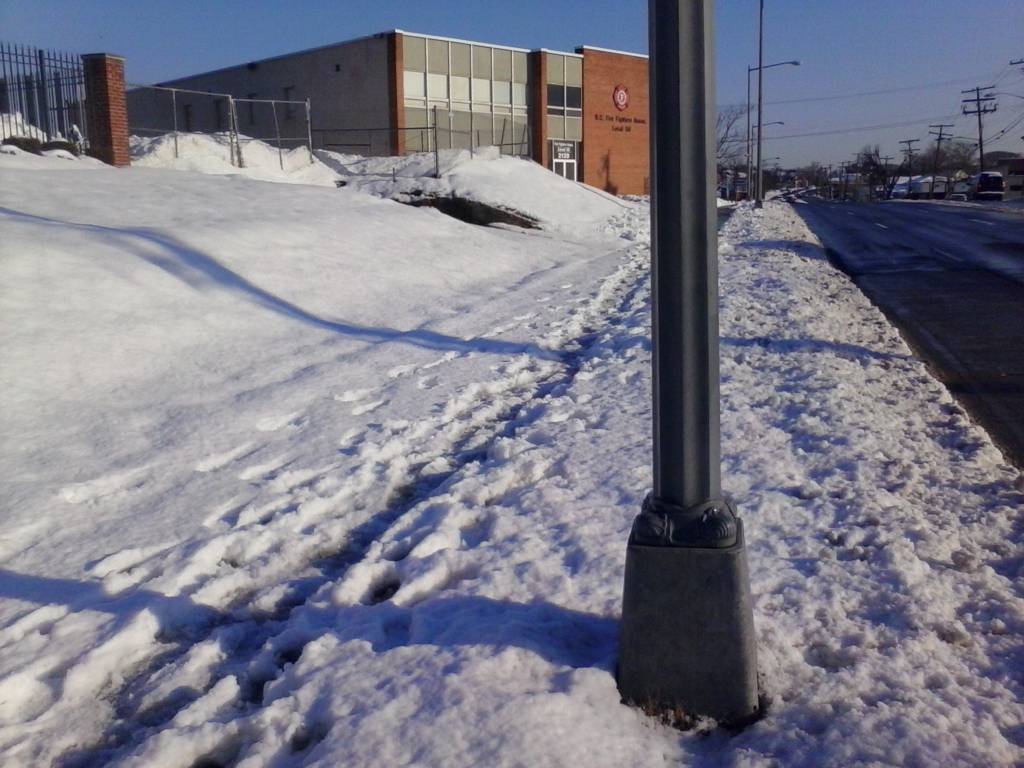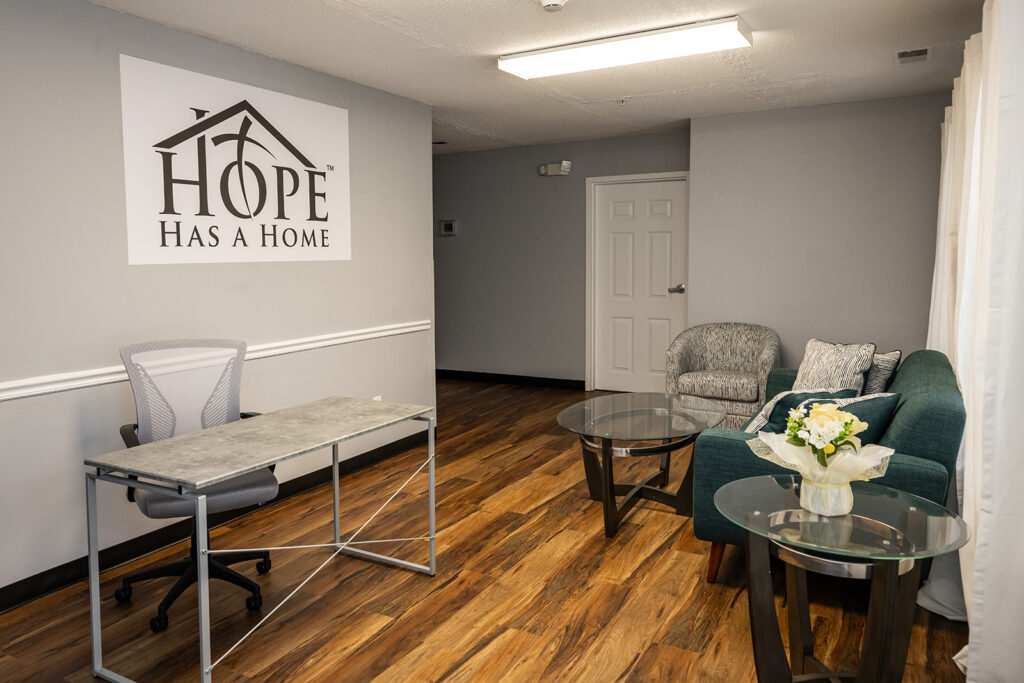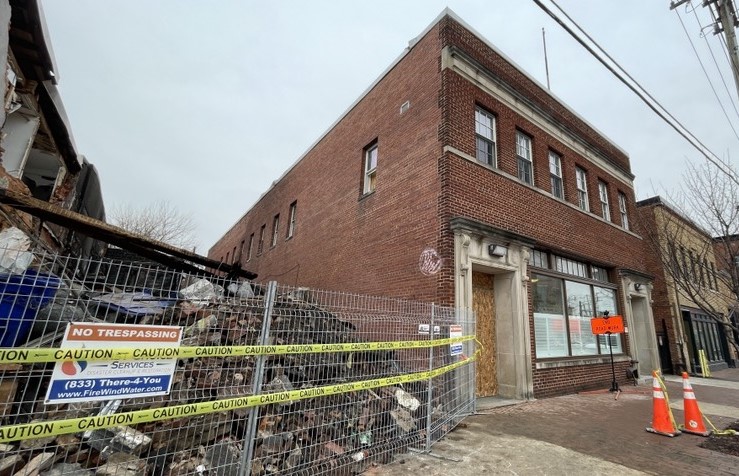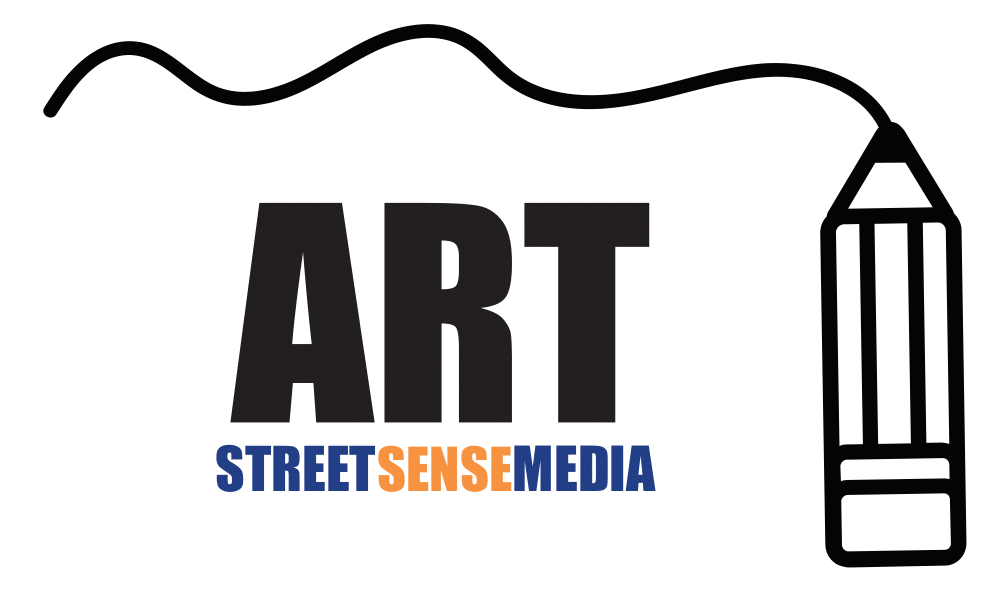The city’s winter safety net for the homeless is woven out of many strands. Local law requires the District to protect the homeless from injury during freezing weather. In advance of each hypothermia season, which extends from Nov. 1 through March 31, members of the city’s Interagency Council on Homelessness compile lists of shelters and determine how many beds will be needed for the coming winter. A timetable of shuttle transportation to and from the shelters is laid out. A hypothermia hotline call center readied.
Finally, an official “winter plan” that lays out how government agencies and service providers will coordinate in order to keep homeless residents safe from dangerous cold is approved. Then, November arrives. When freezing conditions develop or are forecast, a hypothermia alert is activated by the District’s Homeland Security and Emergency Management Agency (HSEMA) and the city’s Department of Human Services (DHS).
When an alert is called, the local United Planning Organization (UPO) notifies shelter providers to open their hypothermia beds and deploys its fleet of vans to offer outreach and get people to safety. Once the alert is in effect, it stays on until it is called off by HSEMA. The shelters are required to remain open until the alert is called off. Sometimes, when the weather is frigid, the shelters stay open throughout the day. Other times, the shelters remain open for part of the day, until officials determine that temperatures have risen above freezing. Then, the hypothermia shelters are closed and the men and women staying in them are asked to leave. The problem is, the shuttle vans’ morning schedule does not change with the extended shelter hours required during hypothermia alerts..
There have been a number of times this winter when homeless men and women have been asked to leave the shelters when the vans had already made their morning rounds. The shelter users, some of them older people or in poor health, had to find their own ways to get from the shelters to other programs and appointments. On the way, they often had to negotiate snowy sidewalks and icy conditions. “We do not provide transportation during the day, in the middle of the day, after an alert is called off,” Allison Smith, shelter hotline program manager confirmed, following a presentation on UPO’s hotline, shuttle and outreach system at a recent meeting of the Coalition of Housing and Homeless Organizations (COHHO).
But this reporter and homeless advocate, who attended the meeting, suggested such scheduling gaps in the shuttle system represent flaws in the safety net. Others said UPO shuttle drivers could do more to get people camping in parks and alleys into safety. “I don’t consider it outreach if no one gets out of the van,” said Robert Warren, executive director of the People for Fairness Coalition, a grassroots group of homeless people and other activists. Smith acknowledged the system might be improved.
She said UPO is “ taking a look at our street outreach and looking to expand our street outreach.”
For this writer, these holes in the safety net raise questions about the District of Columbia’s preparedness for colder weather. A closer look needs to be given to Washington’s winter preparedness, in hopes of improving services and provisions for the homeless. Over the winter, I collected photographs, emails and other materials in order to document breaches in the system. I hope these highlights will help everyone understand where the system’s failures may lie and hopefully start discussions about fixing these holes in the net. Through robust discussion during the planning phase, we can avoid surprises during the winter next year.








